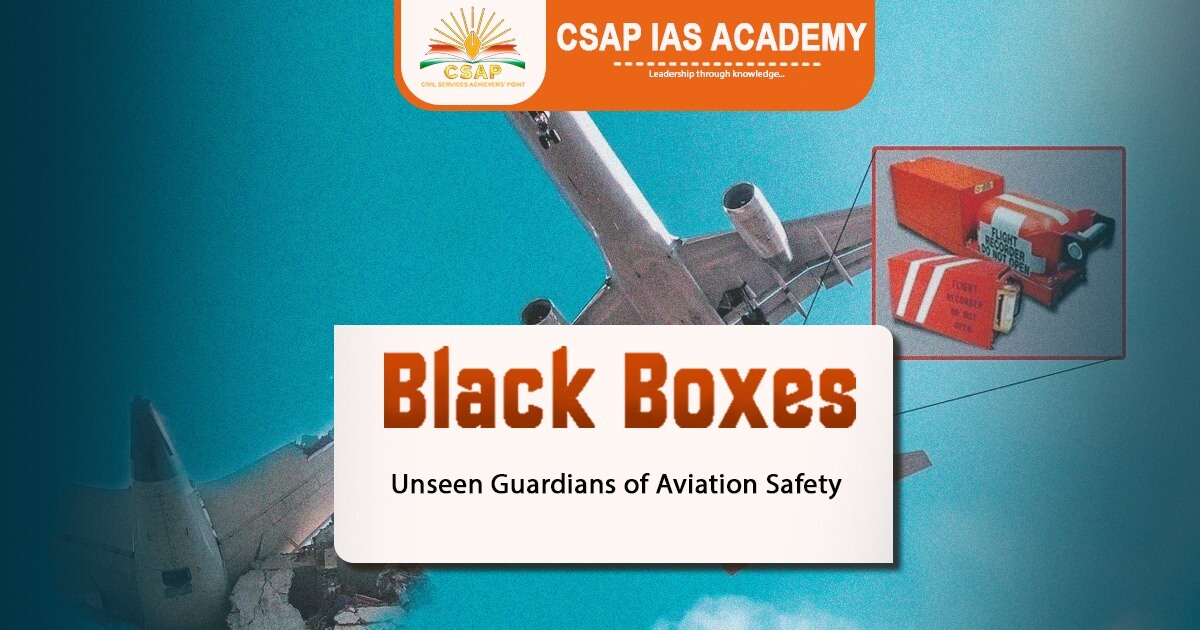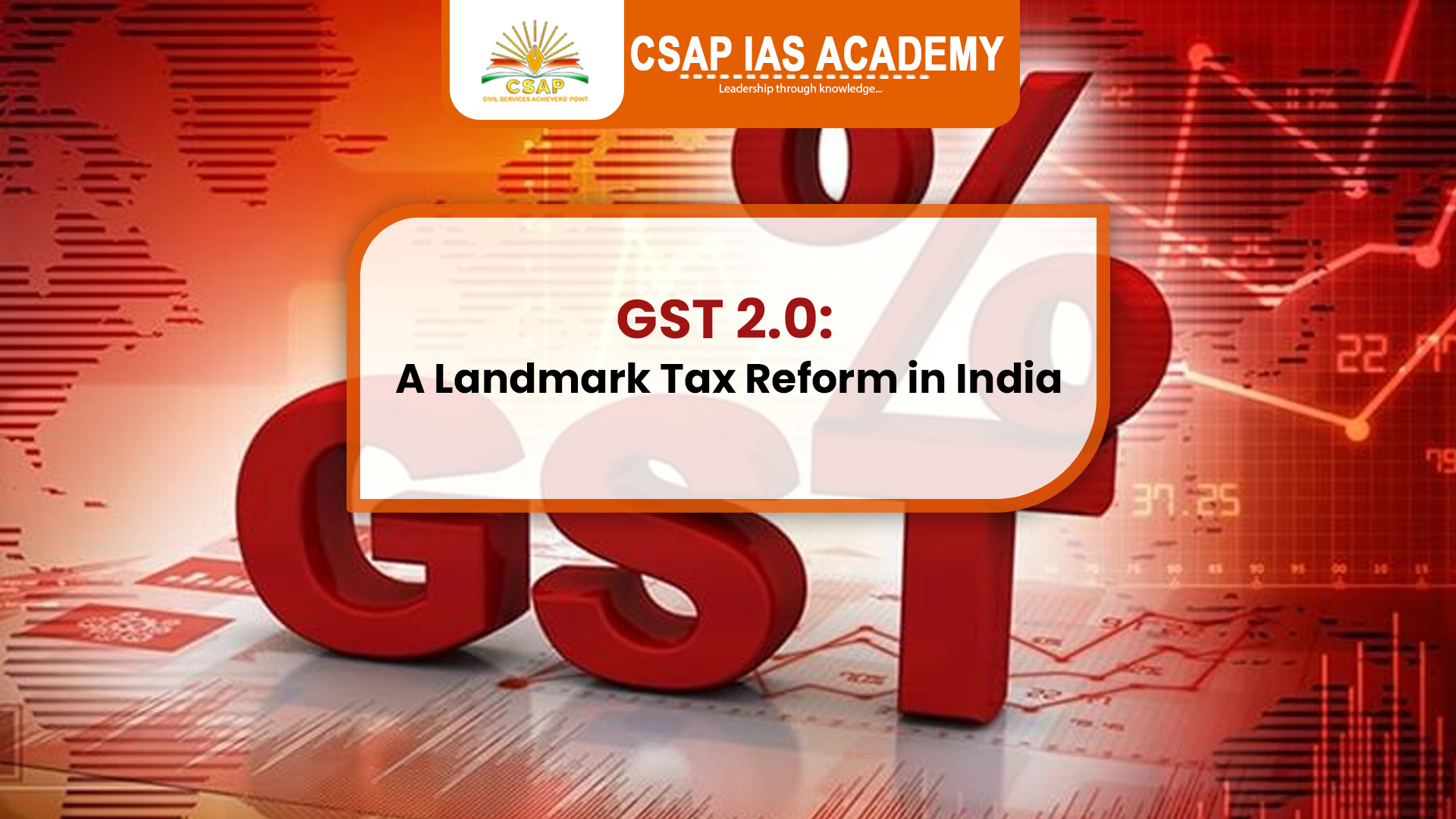On 12th June 2025, an Air India flight from Ahmedabad to London Gatwick met with a tragic accident shortly after take-off. While rescue operations began immediately, the focus quickly shifted to two crucial components of the aircraft: the black boxes. Despite the name, black boxes are actually painted bright orange to aid visibility at crash sites. These devices — the Cockpit Voice Recorder (CVR) and the Digital Flight Data Recorder (DFDR) — hold vital clues that help investigators understand what went wrong in the final moments of the flight.
What Are Black Boxes?
Modern commercial aircraft are equipped with two main types of flight recorders:
- Cockpit Voice Recorder (CVR): This records the last two hours of audio from the cockpit, including pilot conversations, engine noise, alarms, and background sounds.
- Digital Flight Data Recorder (DFDR): This records hundreds of parameters such as altitude, airspeed, engine performance, control inputs, and system operations. It can store data for up to 25 hours of flight time.
These two recorders are often referred to collectively as “black boxes.” In some aircraft, both devices may be combined into a single unit. Together, they provide a detailed picture of an aircraft’s operation and pilot actions during the final moments of a flight.
Origin and History
The journey of black boxes began in the 1950s. Early versions used metal foil strips to record flight data. In 1953, General Mills developed the first commercially sold Flight Data Recorder, which was bought by Lockheed Aircraft Company.
The breakthrough came in 1954 when Australian scientist Dr. David Warren, while investigating mysterious crashes of the de Havilland Comet — the world’s first commercial jet — came up with the idea of recording cockpit conversations and flight data. He believed such a device would help identify the cause of such accidents. His invention later evolved into the black box as we know it today.
By the 1960s, several aviation authorities made it mandatory for commercial aircraft to be equipped with both FDR and CVR. In 1965, regulations were updated to require these devices to be painted in bright colours, usually orange or yellow, to make them easier to find in the debris after a crash. The term “black box,” however, remained in common use.
In the 1990s, magnetic tape systems were replaced with solid-state memory, which is more durable, reliable, and resistant to damage.
Technical Features and Durability

Black boxes are built to survive the most extreme conditions. They are usually installed in the tail section of the aircraft, as it is statistically more likely to remain intact in the event of a crash. The devices are encased in titanium or steel, and are designed to withstand:
- Temperatures up to 1,100 degrees Celsius for one hour
- Deep-sea pressure up to 20,000 feet underwater
- High-impact forces of up to 3,400 G (gravitational forces)
- Submersion in water for over 30 days
Each unit is also equipped with an Underwater Locator Beacon (ULB), which automatically activates on contact with water and emits acoustic signals for about 30 days. This helps search teams locate the black boxes in deep water crashes.
Role in Investigations
When an air accident occurs, the Aircraft Accident Investigation Bureau (AAIB) or equivalent body retrieves the black boxes as a priority. The data extracted from them is used to reconstruct the flight path and timeline of events. This includes pilot actions, system responses, mechanical status, and any communication or audio signals that may indicate human error, equipment failure, or environmental issues.
The CVR can reveal critical information such as confusion, stress, or coordination between the crew members. The DFDR, on the other hand, offers factual data about how the aircraft was performing.
Together, the two recorders provide investigators with a near-complete picture of the last moments before the crash.
Importance Beyond Crashes
Apart from helping in post-crash investigations, black boxes are also used in routine safety analysis. Airlines study flight data to identify operational issues, monitor pilot behavior, and implement corrective training. Thus, black boxes contribute to the continuous improvement of aviation safety standards.
The International Civil Aviation Organization (ICAO) plays a key role in setting global standards for black box technology and usage. Many countries, including India, follow ICAO’s norms for accident investigation and data retention.
Conclusion
Black boxes are silent, unassuming tools, yet they carry the voices, decisions, and performance of an entire flight. While they cannot prevent an accident, they offer the most reliable information needed to understand it and prevent similar events in the future. The tragic crash of the Air India flight in 2025 once again underlines the value of these devices in ensuring transparency, accountability, and improvement in aviation safety. For civil services aspirants, black boxes are not just a topic of scientific curiosity but also represent the intersection of technology, regulation, and public safety — an essential component of modern governance.
Read: Electoral Bond Scheme
Download App:











